In the global community of coffee enthusiasts, the doppio espresso is distinguished as a beverage that represents both a challenge and a reward. But what is a doppio espresso? This rich and intense coffee offering, essentially a double shot of espresso, marries the art of traditional espresso making with a heightened experience for the palate. It’s a drink that caters to those who seek more than just a caffeine kick; it’s for those who appreciate the deeper, more complex layers of flavor that only a doppio can provide. This article dives into the heart of the doppio espresso, exploring its origins, preparation methods, and the unique ways it can be savored and enjoyed.
History of the Doppio Espresso
The doppio espresso, a double shot of concentrated coffee, has played a significant role in the global coffee culture. Its history is as rich and robust as the drink itself, encompassing its Italian origins, the broader evolution of espresso culture, and the specific introduction of the doppio espresso.
Origins in Italy
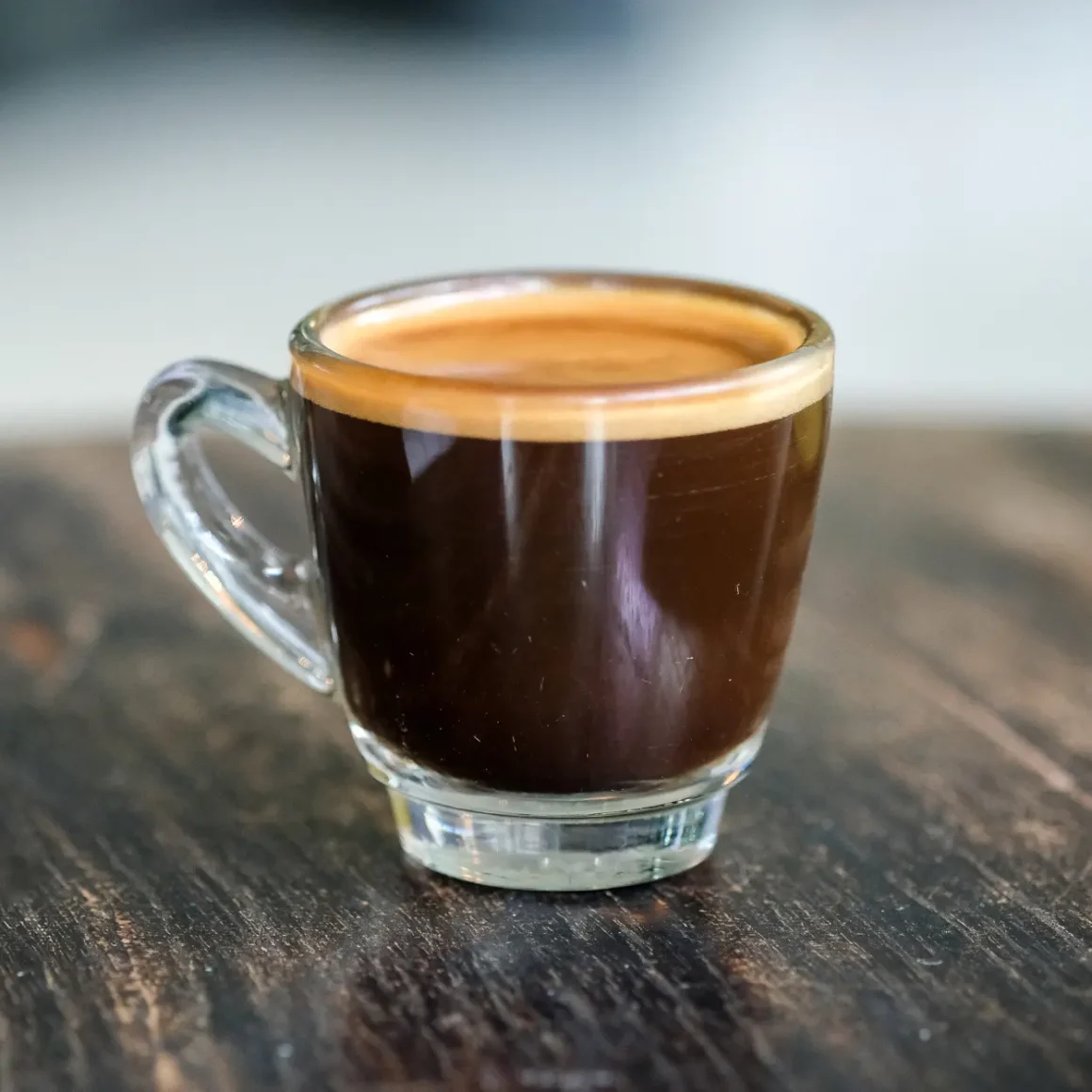
The origins of the espresso doppio are deeply rooted in Italy, where espresso itself was born.
- Birthplace of Espresso: Italy is renowned as the birthplace of espresso, where coffee culture has been deeply ingrained since the early 20th century.
- Development of Espresso Machines: The evolution of these coffee machines in Italy played a crucial role in the birth of the espresso, including the doppio. These machines allowed for the quick extraction of coffee under high pressure, producing a concentrated and flavorful shot.
- Cultural Significance: In Italian culture, coffee, particularly espresso, is more than a drink; it’s a cherished part of daily life. The ritual of grabbing a quick cup of joe at a local bar has been a long-standing tradition.
Evolution of Espresso Culture
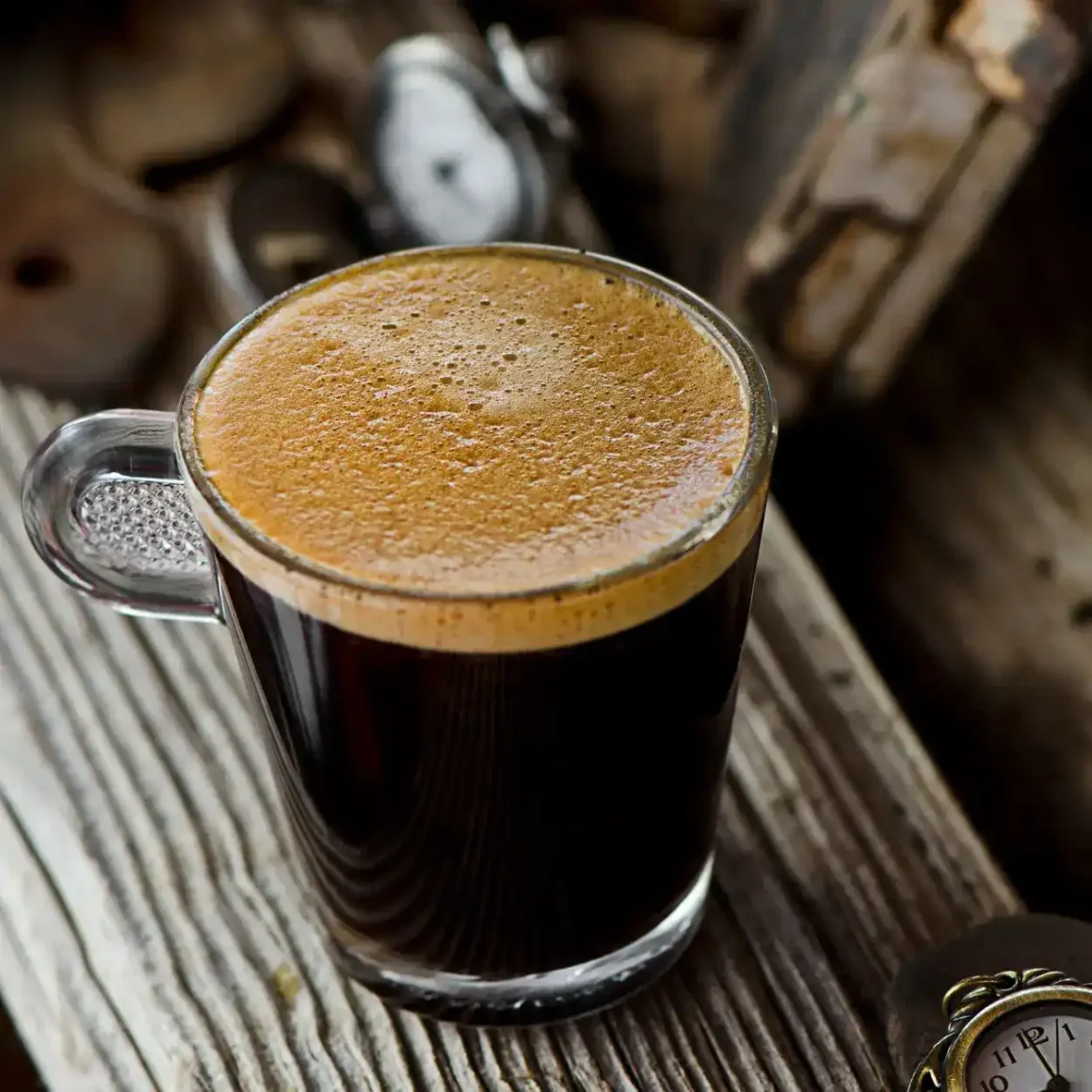
Espresso culture, with its diverse expressions including the doppio espresso, has undergone significant evolution over the years.
- Global Spread: From Italy, espresso culture spread across Europe and eventually worldwide. Each region adapted the espresso to its tastes, leading to a variety of espresso-based drinks.
- Innovations in Coffee Making: Technological advancements in coffee machines and brewing techniques played a significant role in the spread and popularity of this beverage. Baristas worldwide began experimenting with different methods of making espresso.
- Rise of Specialty Coffee: The late 20th century saw a surge in specialty coffee shops, where this beverage was often the centerpiece. This period marked a heightened interest in coffee beans’ quality, origin, and flavors, further enriching coffee culture.
Introduction of the Doppio
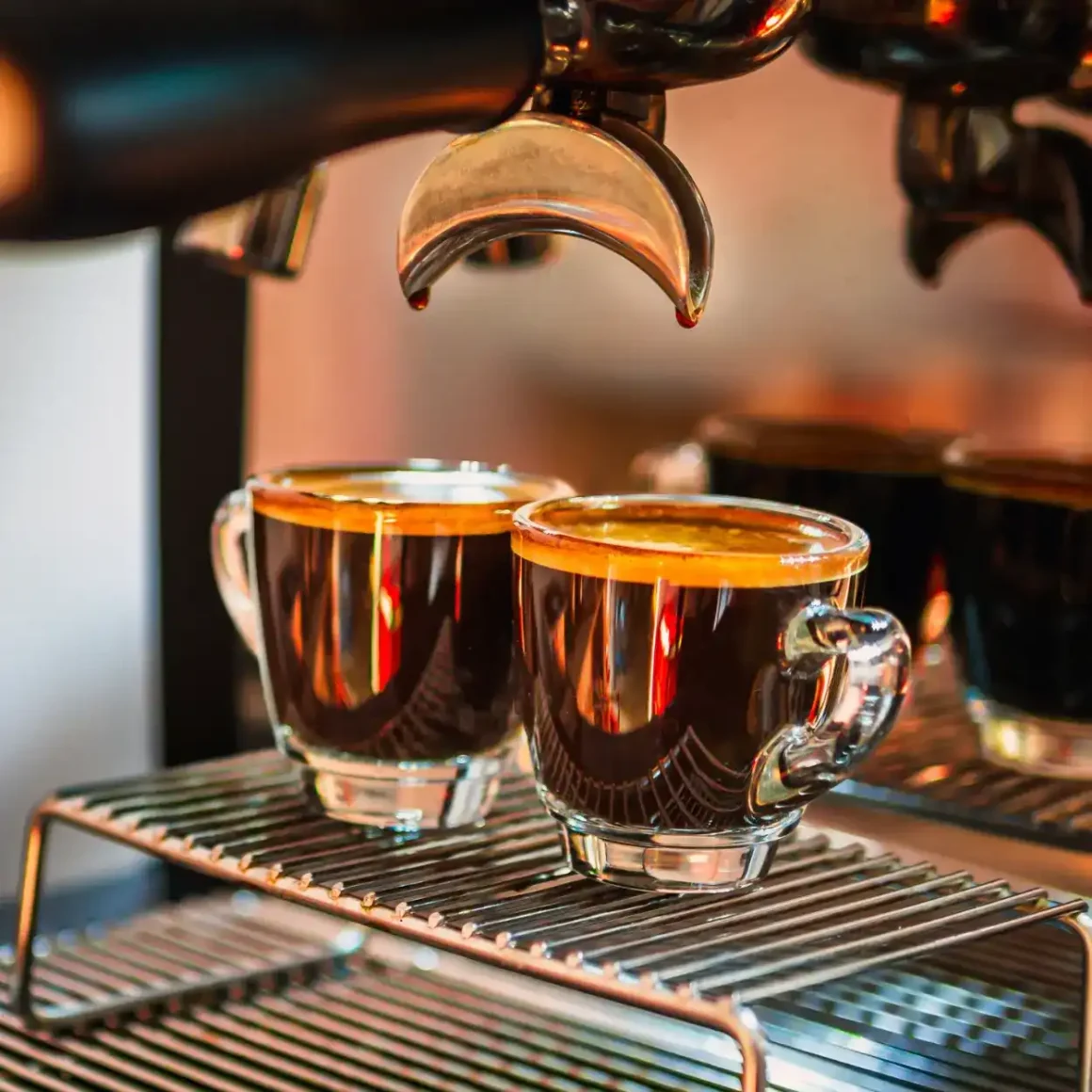
The advent of this coffee drink was a key milestone in the coffee industry, providing a stronger and more intense choice for espresso enthusiasts.
- Definition: The term “doppio espresso” translates to double espresso. It consists of two shots of espresso served in one cup, offering a more intense flavor and caffeine content than a single shot. (1)
- Origin of the Concept: The doppio emerged as coffee enthusiasts sought a stronger and more robust coffee experience. It reflected a growing trend towards customization in coffee consumption.
- Popularity and Reception: Initially popular in coffee aficionado circles, this delectable beverage soon gained widespread acceptance. Its popularity was bolstered by the growing trend of coffee experimentation and the rise of coffee chains, where it became a standard menu item.
- Impact on Coffee Culture: The introduction of this delightful beverage signified an important milestone in the evolution of coffee culture. It catered to those who desired a more potent espresso experience and showcased the versatility of espresso as a beverage.
The doppio espresso not only represents a beloved coffee choice but also symbolizes the dynamic and evolving nature of global coffee culture. From its Italian roots to its widespread acceptance in cafes around the world, this coffee drink continues to be a testament to the rich history and innovation in the coffee industry.
Doppio Espresso vs. Single Espresso
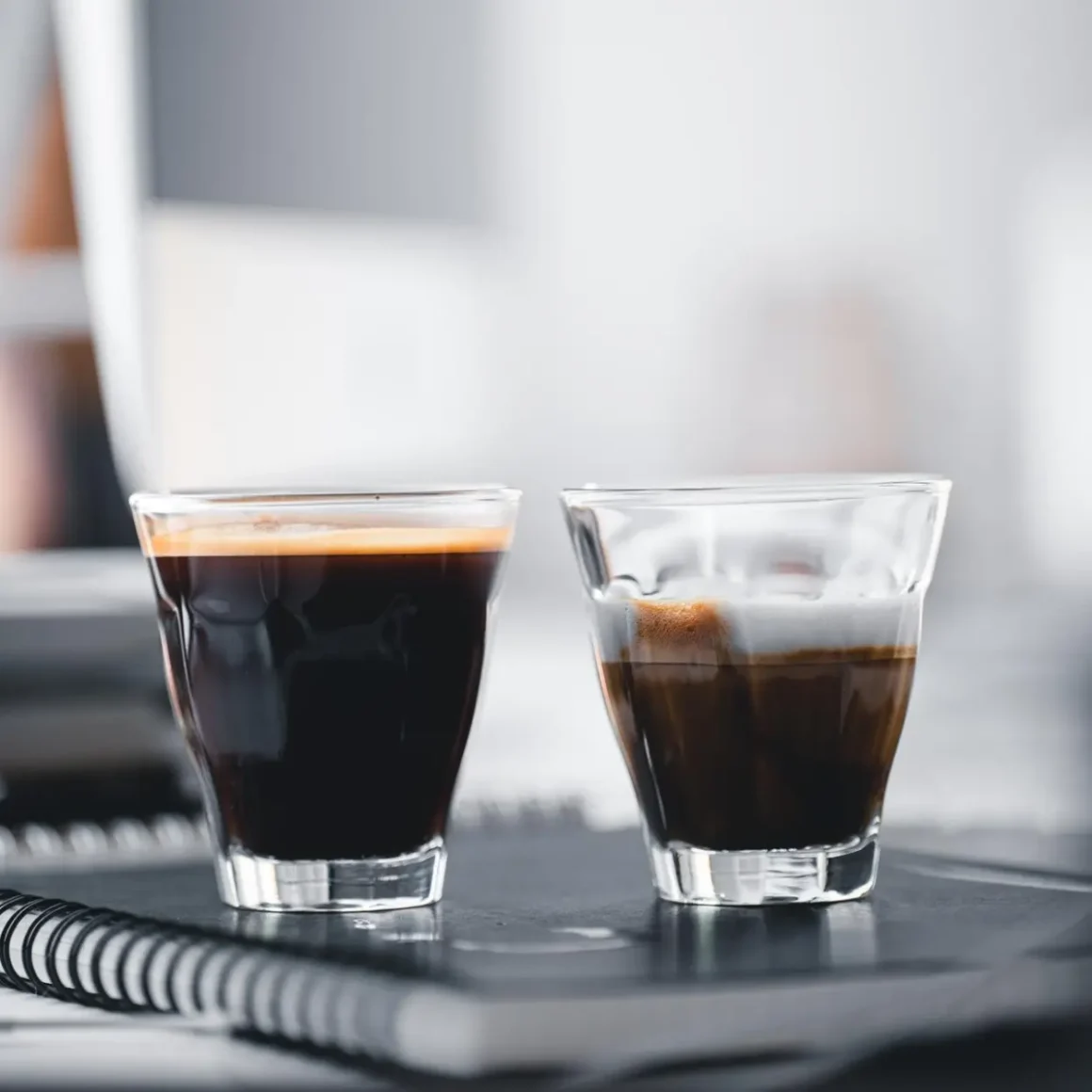
When comparing a doppio espresso to a single espresso, it’s essential to delve into their distinct characteristics, taste profiles, and the appropriate occasions for choosing one over the other. This comparison will illuminate the nuances between these two popular choices.
What Sets a Doppio Apart?
Understanding what is a doppio espresso is crucial in distinguishing it from a single espresso.
- Volume and Concentration: A doppio espresso, essentially a double shot, consists of two ounces of coffee, whereas a single espresso contains only one ounce. This difference in volume leads to a more intense flavor and caffeine content in a doppio.
- Espresso Beans vs Coffee Beans: Both single and doppio espressos are made from the same espresso beans, which are often darker and oilier compared to regular coffee beans. The preparation method, however, is the same for both.
- Caffeine Content: How much caffeine in a double shot of espresso is a common question. Generally, a doppio has twice the caffeine of a single shot, ranging from 58 to 185 mg; making it a stronger choice in terms of its stimulative effect. (2)
Taste Comparison
The taste of an espresso doppio compared to a single espresso can be distinctly different, influenced by concentration and volume.
- Intensity and Flavor Profile: A doppio espresso offers a more robust and intense flavor profile, with a deeper, richer taste than a single shot. This is due to the increased amount of coffee and extraction time.
- Balance and Acidity: Despite being stronger, a well-made doppio can maintain a balanced flavor, without excessive bitterness or acidity. Conversely, a single espresso might have a more pronounced acidity, offering a different kind of taste experience.
- Aftertaste and Mouthfeel: The doppio often leaves a more lingering aftertaste and has a fuller body or mouthfeel compared to the lighter and quicker finish of a single shot.
When to Choose a Doppio
Selecting between a doppio and a single espresso often depends on personal preference, occasion, and desired caffeine intake.
- Personal Preference and Tolerance: Coffee aficionados who prefer a stronger, bolder flavor or need a higher caffeine boost may lean towards a doppio.
- Time of Day: Mornings or post-lunch slumps can be ideal times for a doppio, providing a more substantial caffeine kick to start the day or re-energize in the afternoon.
- Pairing with Food: For those who enjoy coffee with meals or desserts, a doppio can complement richer and heavier foods better than a single shot due to its fuller flavor profile.
Overall, both doppio and single espressos have their unique appeals and are suited to different tastes and occasions. Understanding their differences helps coffee enthusiasts make informed choices based on flavor preference, caffeine needs, and the context in which they’re enjoying their coffee.
Preparing a Doppio Espresso
Preparing a doppio espresso, which is essentially a double shot espresso, requires precision and an understanding of the intricacies of espresso making. From selecting the right equipment and coffee beans to mastering the brewing process, each step is crucial in creating the perfect cup of this delightful coffee drink.
The Espresso Machine
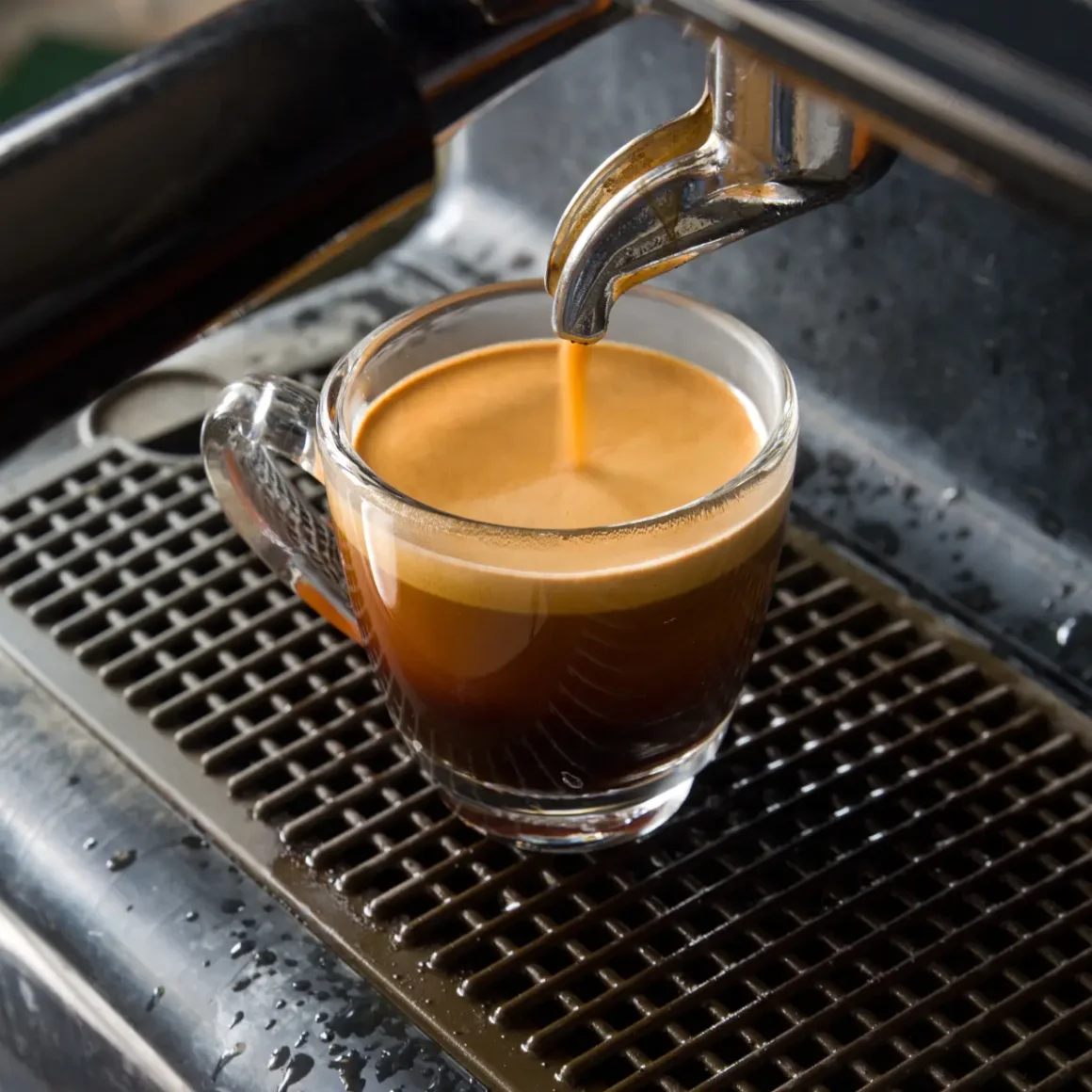
The choice and handling of the machine are fundamental in making this lovely coffee drink.
- Type of Machine: For a doppio espresso, a high-quality espresso machine capable of generating sufficient pressure (around 9 bars) is essential. Both manual and automatic machines can be used, but they should offer consistency and control over the brewing process.
- Grinder and Portafilter: A good grinder is crucial for achieving the right grind size for espresso. The portafilter, typically a double-shot basket for a doppio, should be evenly filled with ground coffee to ensure uniform extraction.
- Temperature and Pressure Control: The machine should maintain a stable temperature (around 200°F) and pressure throughout the extraction process. This consistency is vital for extracting the full flavor of the coffee without over-extraction or under-extraction.
Coffee Beans Selection
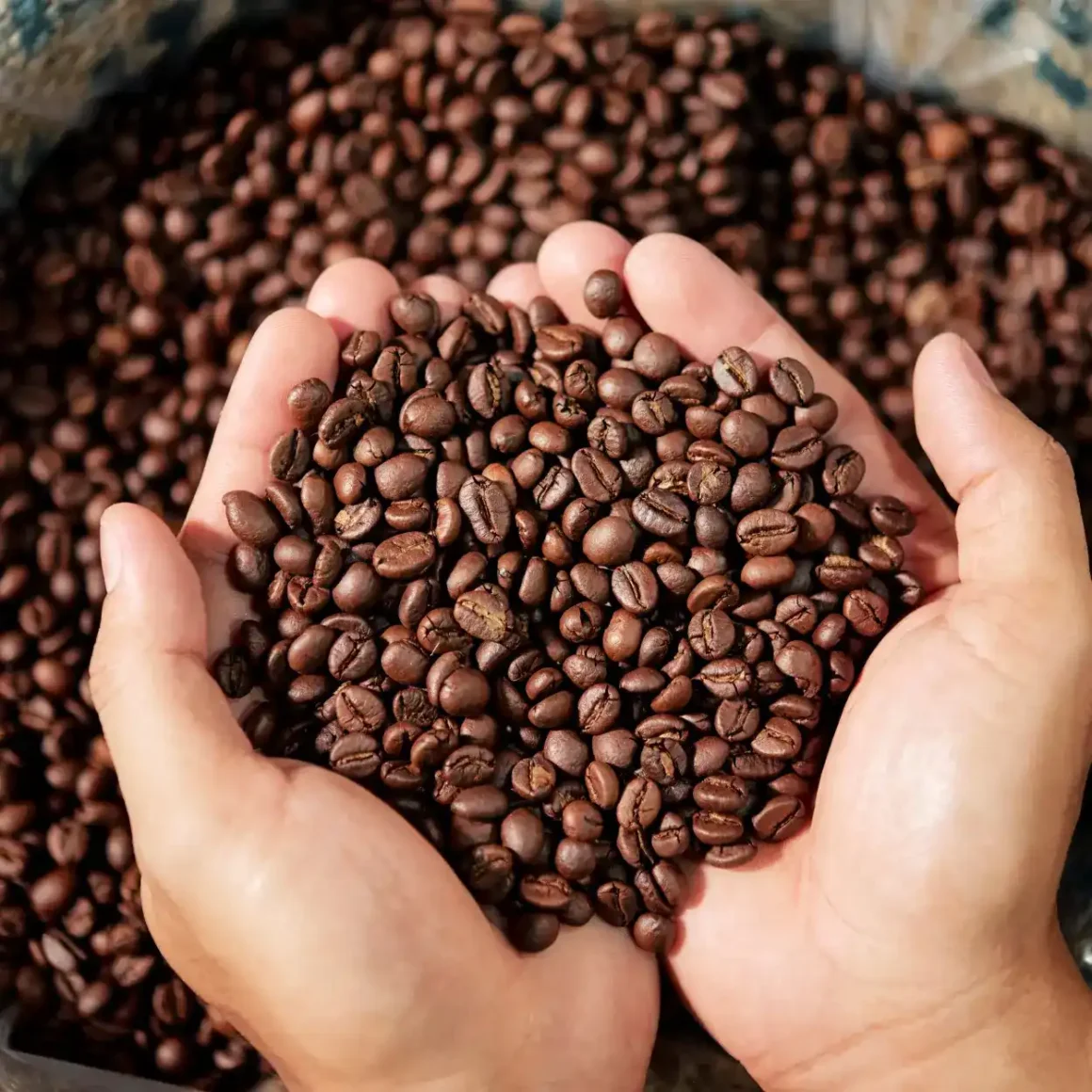
Choosing the right coffee beans is a critical step in preparing a doppio espresso.
- Bean Type and Roast: As previously discussed, espresso beans, which are usually a darker roast compared to regular coffee beans, are ideal. The dark roast helps in achieving the rich and intense flavor characteristic of this beverage.
- Freshness: Freshly roasted beans, preferably used within a few weeks of roasting, ensure maximum flavor and aroma. Stale beans can result in a flat and lifeless cup of joe.
- Grind Consistency: The grind should be fine but not powdery. Consistency in grind size is important for even extraction and to avoid over-extracting bitter flavors or under-extracting, which leads to a weak cup of joe.
Brewing Process
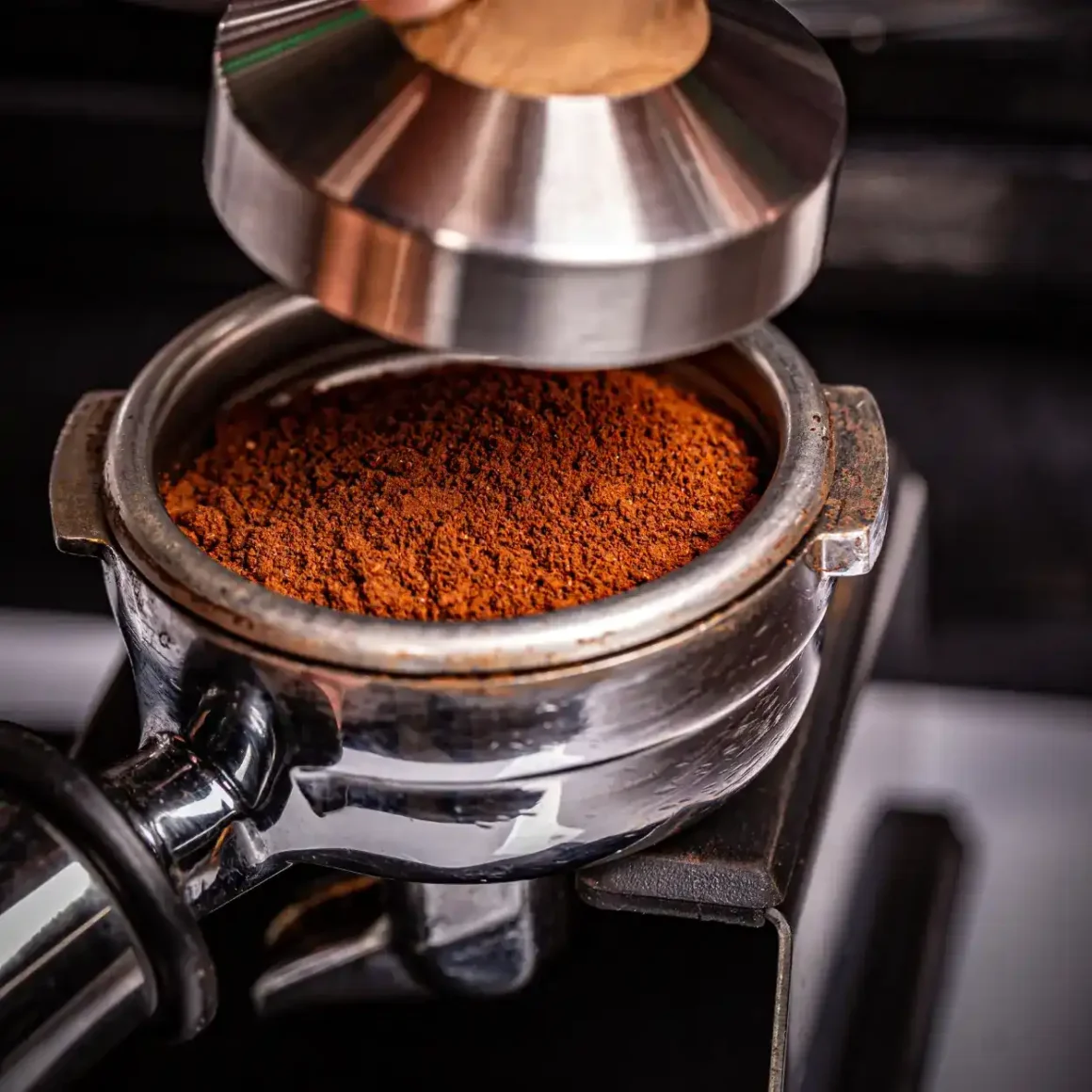
The brewing process is where the magic happens in making a doppio espresso.
- Dosing and Tamping: Typically, this coffee drink uses about 18 to 21 grams of ground coffee. The coffee should be evenly distributed in the portafilter and tamped with consistent pressure to ensure a level surface.
- Extraction Time: The ideal extraction time for a doppio espresso is between 25 to 30 seconds. During this time, about 60 ml of water is passed through the coffee grounds to create the espresso.
- Observation and Adjustment: Paying attention to the flow of the espresso is crucial. A good doppio should have a steady flow and a rich, caramel-colored crema. If the flow is too fast or too slow, adjustments in grind size or tamping pressure may be necessary.
To sum up, preparing this beverage is an art that combines the right equipment, quality coffee beans, and precise brewing techniques. Each step, from the coffee machine setup to bean selection and the actual brewing, plays a significant role in creating a rich and flavorful double shot espresso.
Variations and Customizations
Exploring variations and customizations of the classic doppio espresso opens up a world of flavors and experiences for coffee lovers. Each variation offers a unique twist on the traditional double espresso shot, catering to diverse tastes and preferences.
Doppio Macchiato
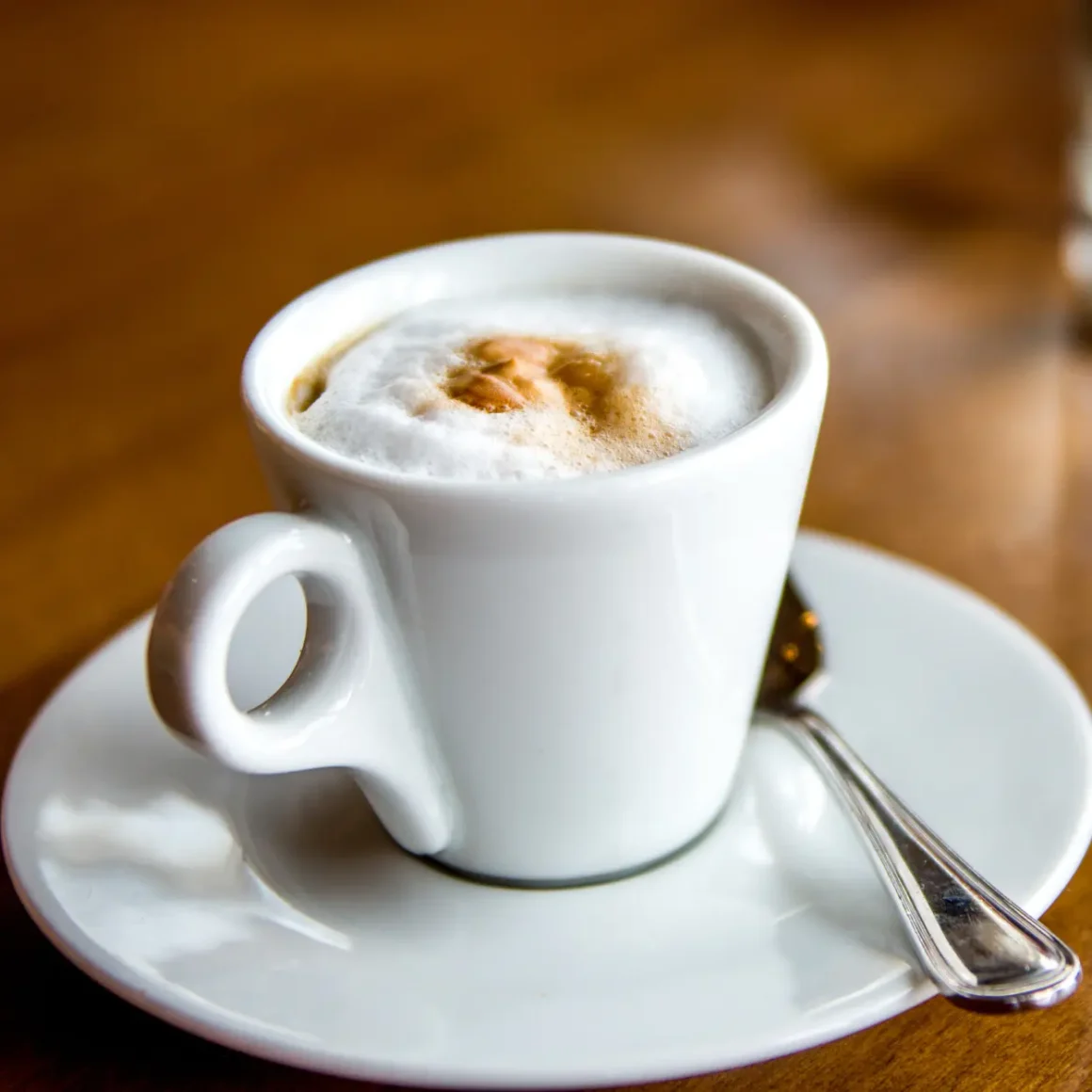
The Doppio Macchiato adds a touch of milk to the robust intensity of an espresso doppio.
- Definition and Ingredients: This variation consists of a double shot of espresso “marked” with a small amount of frothed milk or cream. The term ‘macchiato‘ means ‘stained’ or ‘spotted’ in Italian, reflecting the drink’s appearance.
- Preparation: After brewing a doppio espresso, a dollop of steamed milk foam is spooned on top. The key is to add just enough milk to soften the espresso’s intensity without overshadowing its rich flavor.
- Taste Profile: This variation offers a smoother and slightly milder taste compared to a straight doppio, with the milk adding a creamy texture and slightly sweet nuance.
Doppio Americano
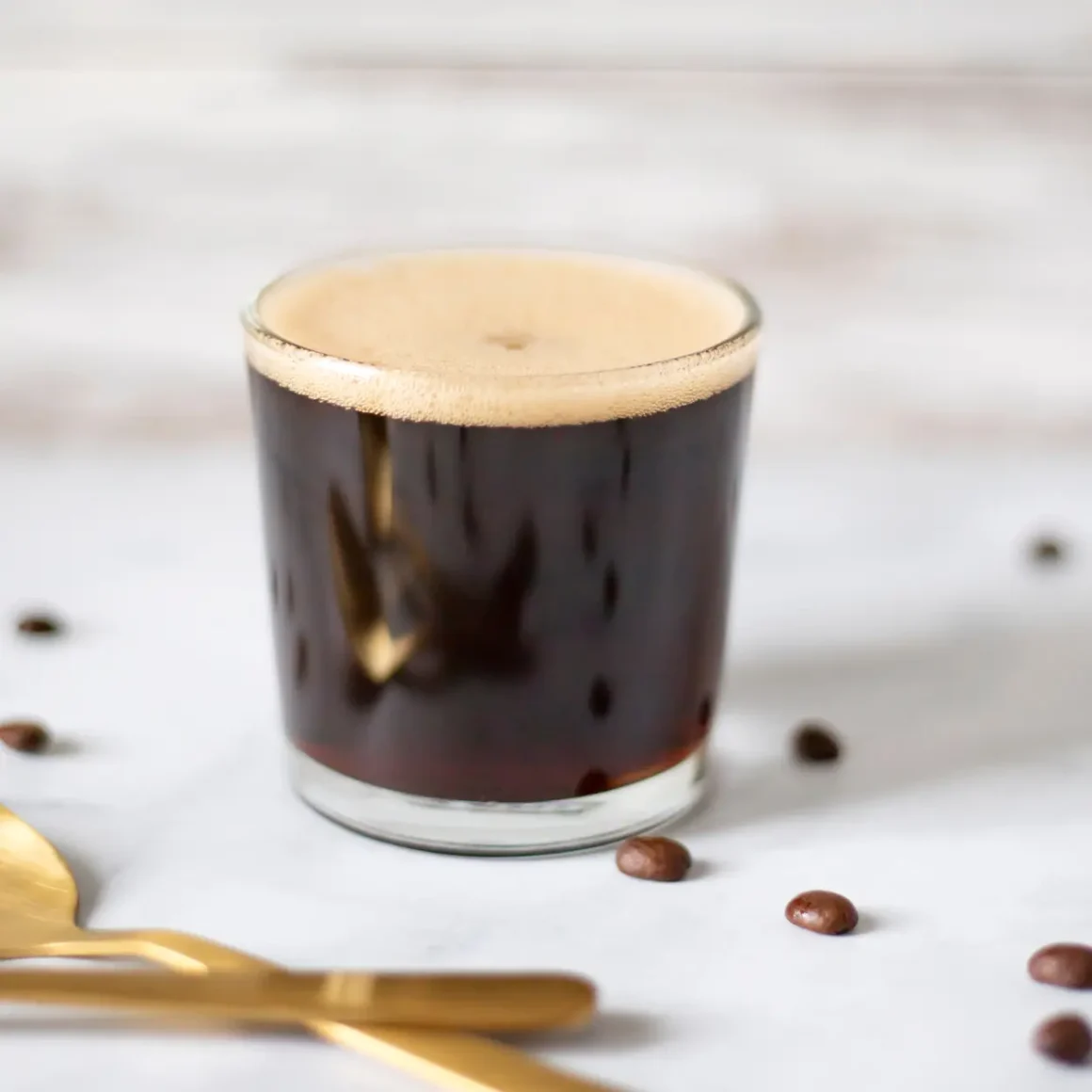
The Doppio Americano is a more diluted version of the doppio, ideal for those who prefer a less intense coffee.
- Making of an Americano: To prepare this beverage, a double shot of espresso is poured over hot water. The typical ratio is 1 part espresso to 2 parts water, but this can be adjusted to taste.
- Flavor Characteristics: This drink maintains the rich flavor of espresso but is less concentrated, resulting in a lighter body and a more subdued intensity. It’s perfect for those who enjoy the espresso flavor but prefer a longer, milder drink.
- Customization: The amount of water can be varied to suit individual taste preferences, making it a versatile option for different palates.
Sweetened Doppio
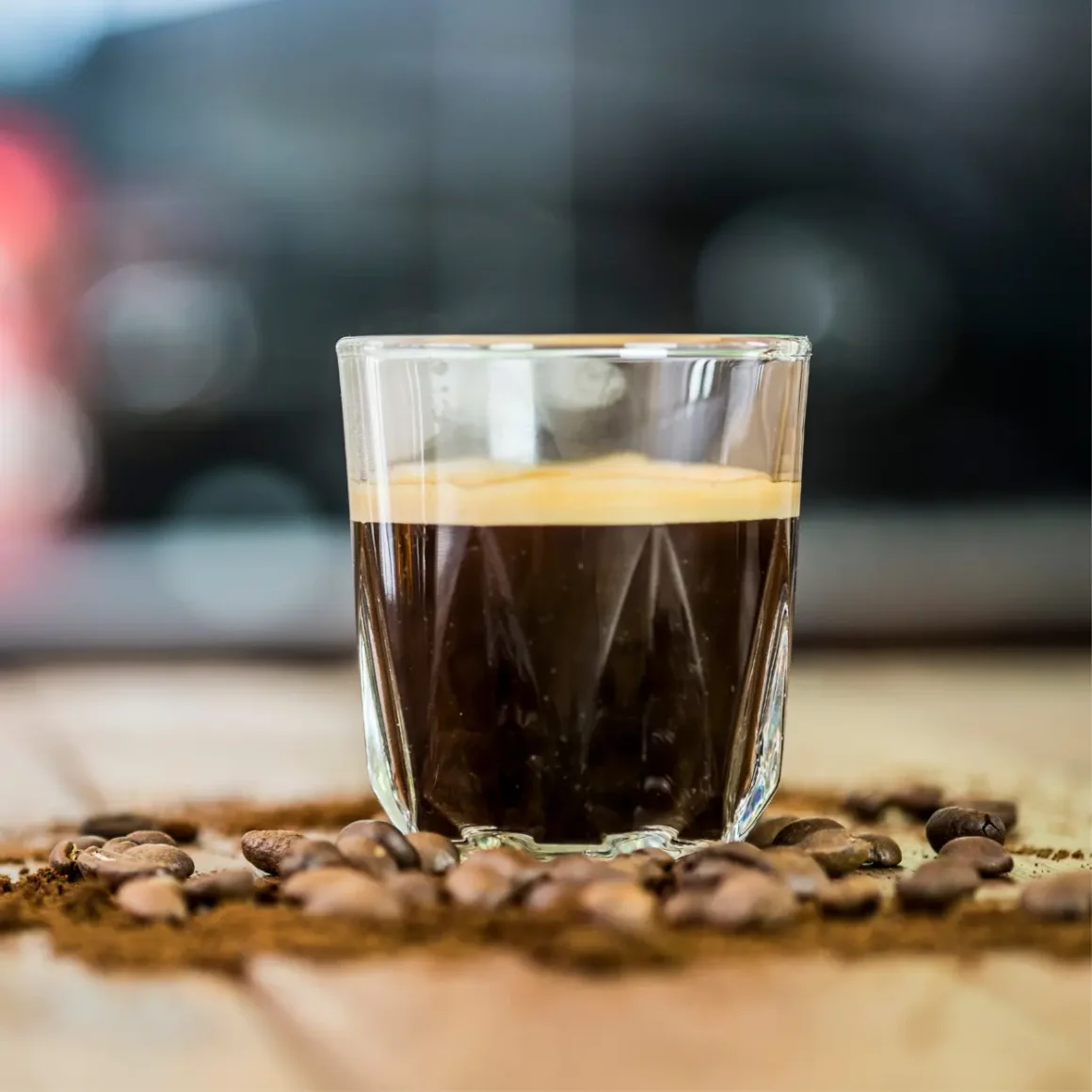
For those with a sweet tooth, a Sweetened Doppio adds a sugary twist to the classic espresso.
- Sweetening Options: Common sweeteners include sugar, coffee syrups (like vanilla, caramel, or hazelnut), or even honey. The choice of sweetener can greatly influence the overall flavor profile of the drink.
- Method of Sweetening: The sweetener can be added directly to the espresso shots before or after brewing. Stirring it in while the espresso is hot ensures better dissolution and even distribution of sweetness.
- Balance of Flavors: The key to a perfect this beverage is to enhance the espresso’s natural flavors without overpowering them. The amount of sweetener should be adjusted to complement, not mask, the rich and robust taste of the doppio espresso.
Each of these variations on the classic doppio espresso caters to different tastes and occasions, allowing for a personalized coffee experience. Whether it’s the creamy Doppio Macchiato, the milder Doppio Americano, or a delightful Sweetened Doppio, these customizations showcase the versatility and adaptability of this beverage in the coffee community.
Savoring the Doppio Espresso
The enjoyment of an espresso doppio extends beyond its preparation; it encompasses how it’s served, its complex flavor profiles, and the art of pairing it with food. Delving into these aspects enhances the overall experience of savoring this rich and intense coffee.
Traditional Serving Methods
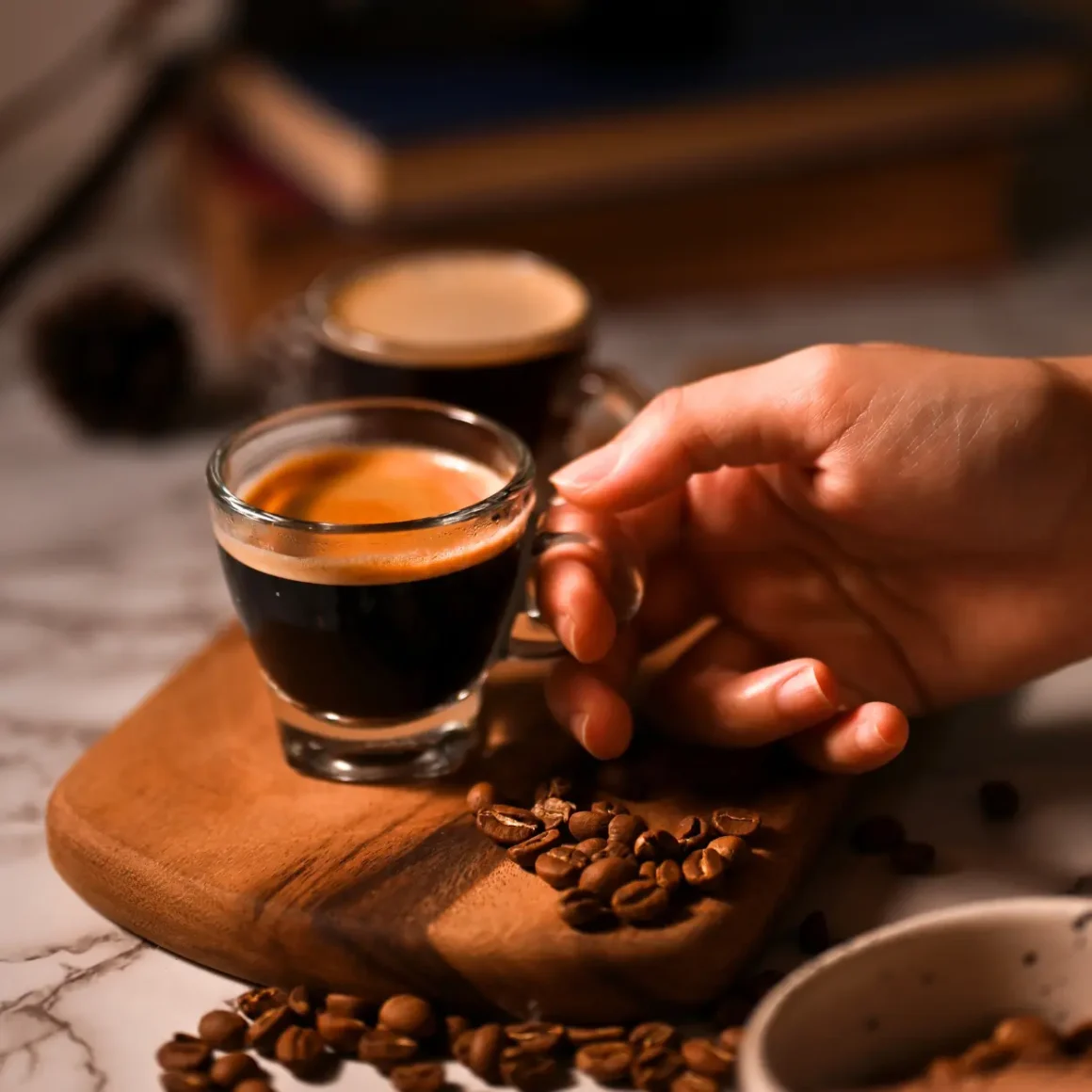
The way a doppio espresso is served plays a significant role in its enjoyment.
- Appropriate Cup Size: This coffee drink is traditionally served in a small, preheated cup that holds about 60 to 90 ml, which is just right to accommodate the double shot without losing heat quickly.
- Serving Temperature: The ideal serving temperature for a doppio espresso is between 65°C and 70°C. This temperature range ensures that the espresso’s flavors are fully expressed without being too hot to taste immediately.
- Presentation: This coffee beverage is often accompanied by a small glass of still or sparkling water. The water is used to cleanse the palate before and after drinking the espresso, allowing the drinker to fully appreciate its rich flavor.
Food Pairing Suggestions
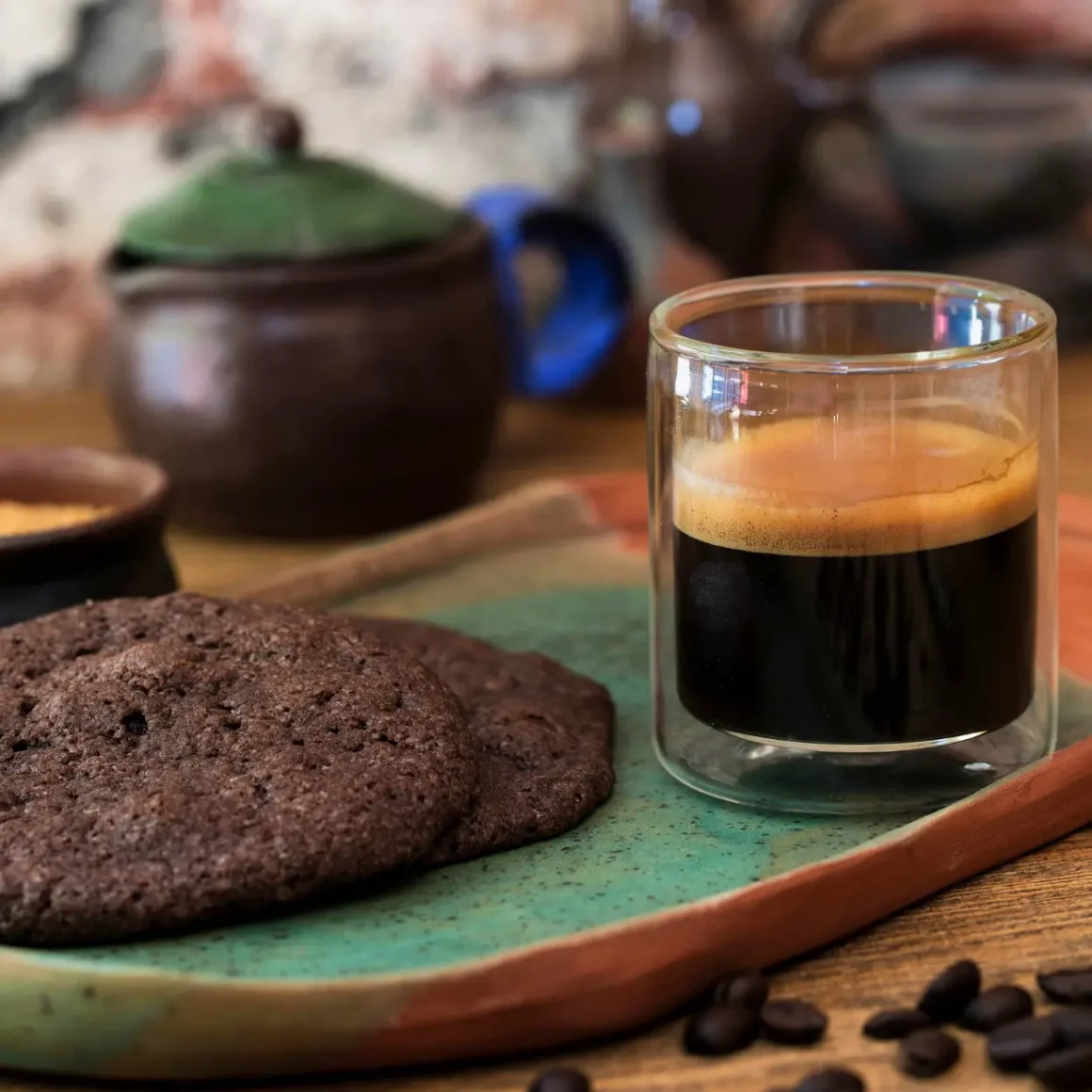
Pairing food with a doppio espresso can elevate the overall culinary experience.
- Sweet Treats: The intense flavor of an espresso doppio pairs well with sweet items like pastries, chocolate, or biscotti. The sweetness of these foods can complement and sometimes soften the bitterness of this beverage.
- Savory Options: For a savory pairing, consider foods with rich flavors like aged cheeses or cured meats. These can stand up to the robustness of the espresso without overpowering it.
- Breakfast Foods: This coffee drink is also a great accompaniment to breakfast dishes, such as croissants, toast, or eggs. The strong coffee can provide a pleasant contrast to the flavors of these morning staples.
Savoring a doppio espresso is an experience that encompasses not just the taste but also the serving methods and food pairings. By paying attention to how it’s served and experimenting with different food combinations, one can fully appreciate the depth and character of this beloved coffee choice.
Conclusion
In conclusion, the espresso doppio stands as a testament to the rich and evolving culture of coffee. It is more than just a beverage; it’s an experience, offering a deeper dive into the complexities of espresso flavor and intensity. From its traditional preparation methods to the various ways it can be customized and enjoyed, this coffee drink caters to a wide range of tastes and preferences. Whether enjoyed on its own, paired with delectable treats, or customized into a unique coffee creation, it offers a versatile and satisfying coffee experience. For those who love their espresso with an extra kick, or for anyone looking to explore the more profound aspects of coffee culture, the espresso doppio is an indulgence worth savoring.
FAQ
What type of coffee beans are best for making a doppio?
Dark roasted, finely ground espresso beans are ideal for making this coffee drink, as they yield a rich and intense flavor suitable for the double shot.
Can I add milk to a doppio espresso?
Yes, you can add milk to this coffee drink to create variations like a Doppio Latte or Doppio Macchiato, depending on your preference.
Are there any health benefits to drinking doppio espressos?
This coffee beverage offers the same health benefits as regular espressos, including antioxidants and a temporary boost in concentration and energy, but with a higher caffeine content.
How do Italians typically enjoy their doppio espressos?
Italians typically enjoy their cup of this delightful beverage quickly and often standing at a bar, appreciating the rich, concentrated flavor without any added flavors or sweeteners.












